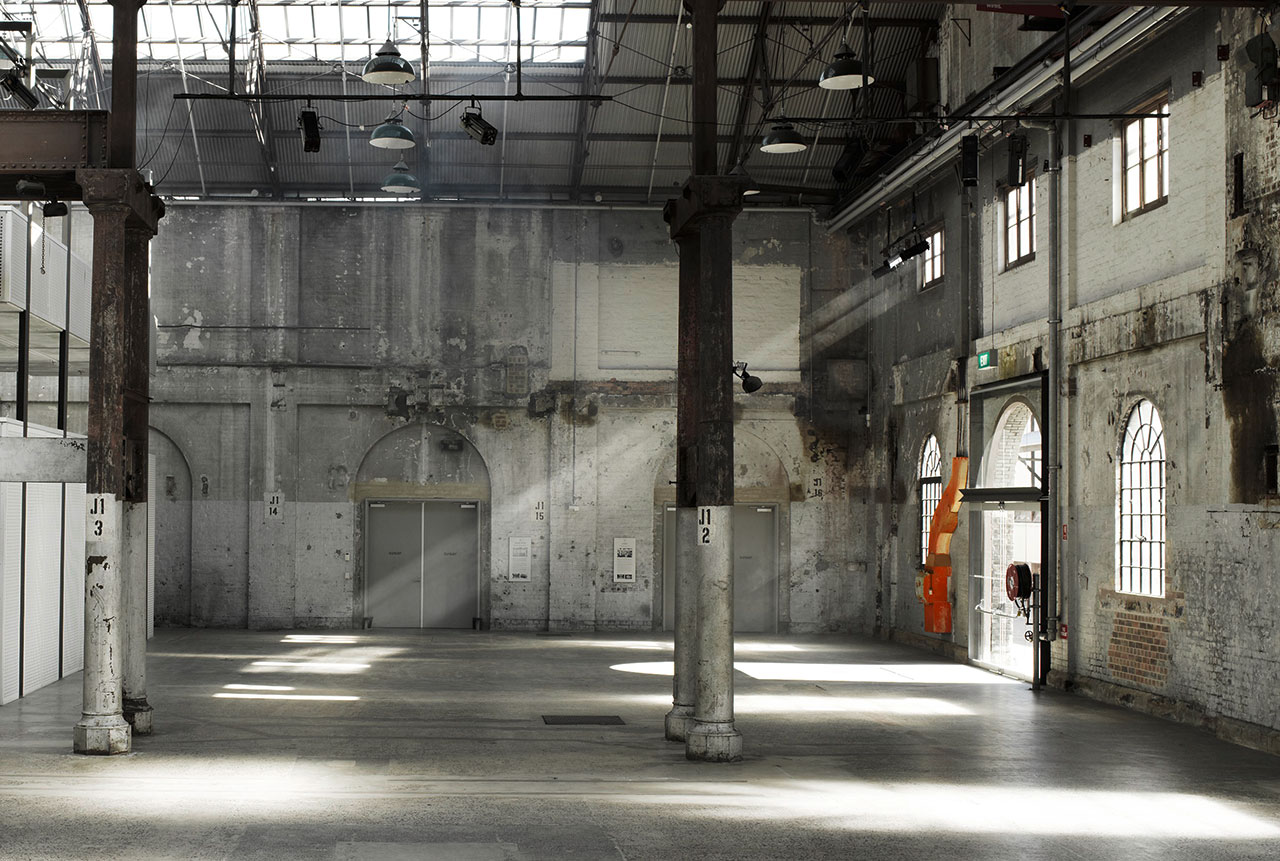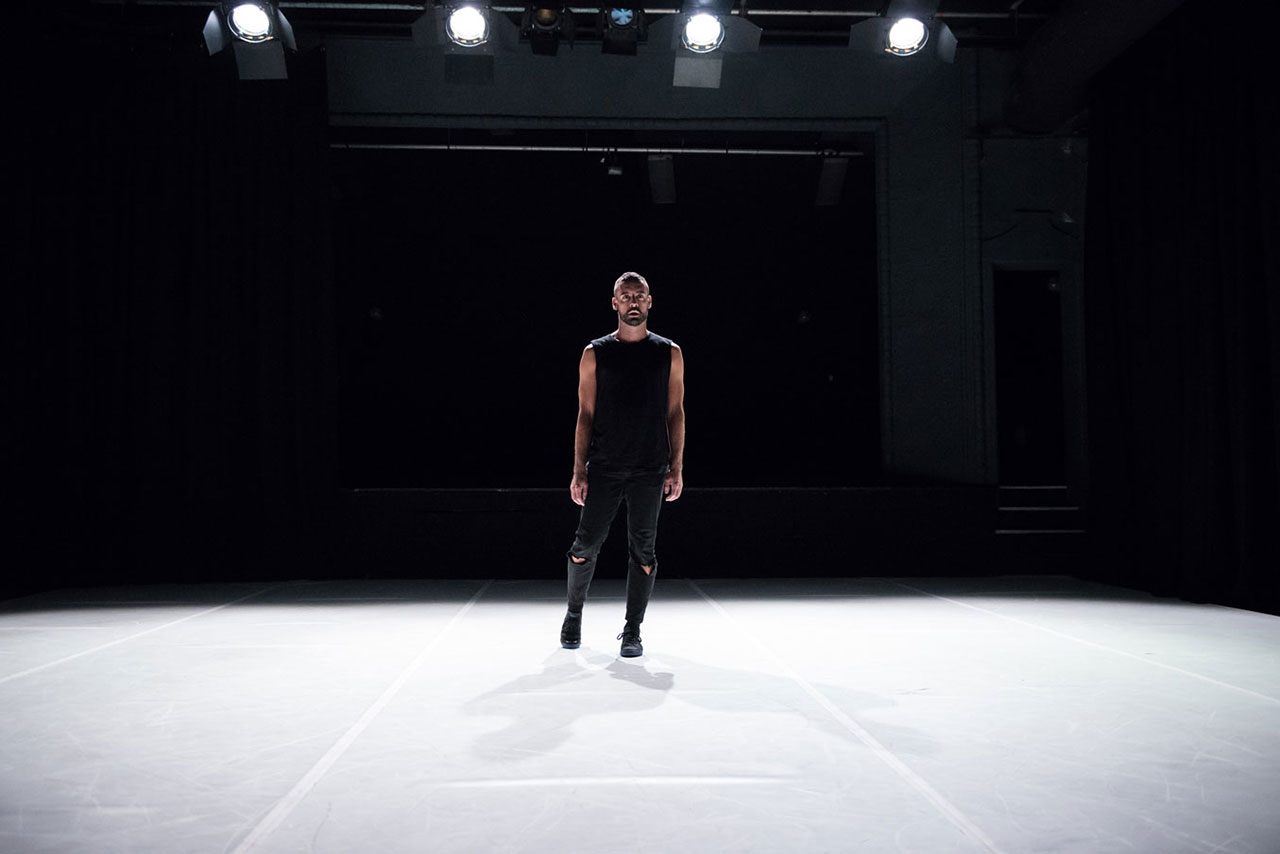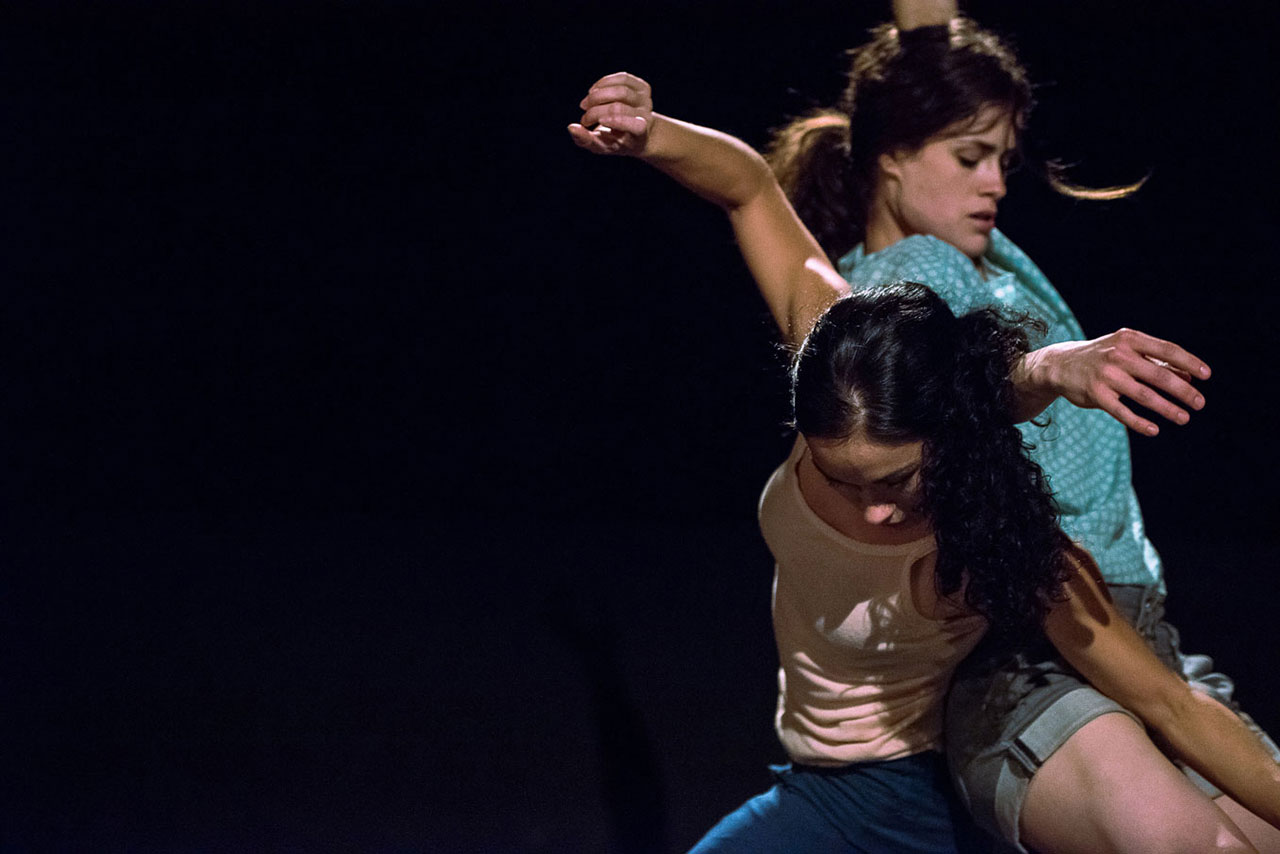News feed

The cavernous industrial spaces of Carriageworks – with their distressed walls, heritage columns, soaring heights and natural light – are the perfect setting for a thoroughly modern program
CREDIT: Supplied
Carriageworks is one of Sydney’s most diverse arts institutions operating out of a former train depot in the heart of the city. The home to a broad spectrum of cultural events from Australian Fashion Week and the FBi SMACs to Vivid, the Biennale and large-scale installations from international artists that dominate our Instagram feeds like Zhang Huan’s Ash Buddha, Carriageworks’ eclectic programming embodies an arresting vision of Australia’s cultural past, present and future.
Responsible for Carriageworks’ singular cultural output is Lisa Havilah, one of the most influential figures on the Australian arts landscape. During Havilah’s tenure, Carriageworks audiences have doubled each year for the last four years, with just under 800,000 visitors engaging with a program that privileges Australia’s most interesting creative talents. In the wake of an announcement that’s set to change the face of Australia’s arts landscape, GRAZIA speaks with Havilah about her past achievements and the challenges facing our cultural future.
I’ve been in this job for just over four years. Today, Carriageworks is changing on a daily but it’s also growing very quickly as an institution. I always love working within the context of growth. It’s challenging, working within that type of environment, but it’s also motivating as well.
I grew up on a beef cattle farm on the south coast. My first job was working as a strapper [of horses] for a country and western singer called Trevor Knight. My mother has always been an artist so she always had a studio filled with her artist friends, so I think I naturally gravitated towards the arts. I was also so bad at high school that I ended up going to art school because I had nowhere else to go really, and art school took me in. I think I was really lucky that I failed high school if I had been more successful and moved toward a more traditional career pathway of the kind that my family expected of me then I wouldn’t have had the opportunities that I’ve had. I ran a publicly funded non-profit artist space in Wollongong while I was at school for about three years while I finished everything except for the very last subject, which I let go. If my dad were still alive I’d probably finish my degree for him because I sort of did it for him anyway. He really wanted me to do that. It was set in his mind that until I did it nothing was going to work out.

The Keir Choreographic Awards, part of Carriageworks’ 2016 program, commission new works from contemporary dancers to be shown in a competitive context
CREDIT: Gregory Lorenzutti/Supplied
Running that artist space taught me a lot about working independently. Sometimes when you do those things for yourself and not for large-scale institutions it gives you an opportunity to think holistically about how a business works or what an organization is. Following that I worked at Casula Powerhouse in Liverpool for six years, and then at Campbelltown Arts Centre for another six years, before I began as Director at Carriageworks. I feel like I took a big risk when I took this job on just because I had only really worked within the community context of western Sydney and so taking on an institution of this scale was both a challenge and a risk for me because even though I felt confident that I could take the challenge on, it was almost like I had to redefine my own practice to do it.
Our program comes from the context of where we’re located and the history of this building. The building was built in 1890 to make trains, so at any given time there used to be about 6,000 people that worked here. It was also one of the first places that employed Aboriginal people and migrants on an equal basis. It has this incredible Aboriginal history and commitment to cultural diversity. When thinking about how and what to program artistically, we developed this model that was about ensuring the multi-arts program reflected the cultural and social demographic of the communities around us.

In November, 60 performers (two per horse) will don American artist Nick Cave’s singular sound suits for the first major local performance of Heard in Sydney’s Pitt Street Mall, Town Hall and at Carriageworks
CREDIT: Nick Cave: Heard Detroit 2015, image courtesy of the artist and James Prinz Photography/Supplied
We have a very strong commitment to Aboriginal practice and also focus on Asia and the Pacific. The program is multi-arts and we work across disciplines, as well, to provide an urban Sydney experience for national and international visitors. We also have a very strong commitment to accessibility. All of our tickets are $35, whether it’s an international show or a local act. We really want to have young, culturally diverse audiences engage with that program because that’s for whom we’ve made the program. I think that audiences in Sydney and contemporary audiences in general are hungry for large-scale immersive arts and cultural experiences that have more than one facet to them.

The debut 2016 FBi SMAC Festival, part of Carriageworks’ 2016 program, brought to life the community radio station’s committment to local artists and musicians
CREDIT: Will Reichelt/Supplied
One of the challenges about programming is that you get knocked back. There’s always this constant thing of pursuit, so I feel like we take programming risks a lot. You have to make sure you keep on taking risks even when some of them don’t work out. As institutions grow older they become more conservative and we need to be really careful that we remain true to our name as a contemporary art institution that is actually taking risks because otherwise it just becomes empty rhetoric.
My feeling is that Australia’s arts landscape is going to change a lot. There’s a new generation of arts leaders coming through who are really going to change the way institutions are run and how the arts operate. I think it’s going to be a lot more entrepreneurial in terms of how the arts sit within contemporary culture. Arts funding is changing so much, and institutions can’t rely on the government in the way that they used to. I believe that this will lead to a more entrepreneurial and collaborative approach that will be more artist led as well.
“We need to make sure that the artists who end up on our stages aren’t just the ones who have been given the privilege to attend international art schools. We have to identify young people that have those ambitions and make sure there’s diversity all the way through.”
I think there are opportunities for the arts to be more reflective and engaged with the actual diversity of the community. There’s still a big focus in the arts on America and Europe and it needs to be reflective and engaged with the communities around it. We need to be giving more international opportunities to Australian artists and institutions like Carriageworks need to take responsibility for providing pathways for young Australian artists. The relationship between the artist and the institution needs to become closer and more collaborative, as well. We’ve launched initiatives like Solid Ground this year, which is a three-year, $2 million strategy that provides pathways for young Aboriginal people in Blacktown, Waterloo and Redfern into the arts and cultural industry. It’s actually finding them industry education programs, on the job training and setting up permanent artist studios in schools. It’s programs like that that also embed the fullest view of Carriageworks and our practice into the community, as well. It’s no just [about] people coming to us.

Off The Record: Force Majeure & Dance Integrated Australia is an original Carriageworks National Arts commission produced in association with Disability Strategy New Normal
CREDIT: Gregory Lorenzutti/Supplied
I hope that I can make a contribution to make arts and culture more central to peoples’ lives. I think people sometimes don’t quite understand how art and culture is relevant to them and there’s a lot of work to be done to demonstrate to people how arts and culture can be relevant. The value of it has to be communicated quite strongly and I think institutions like this one could get better at that. If I could achieve that, then that would be great.









